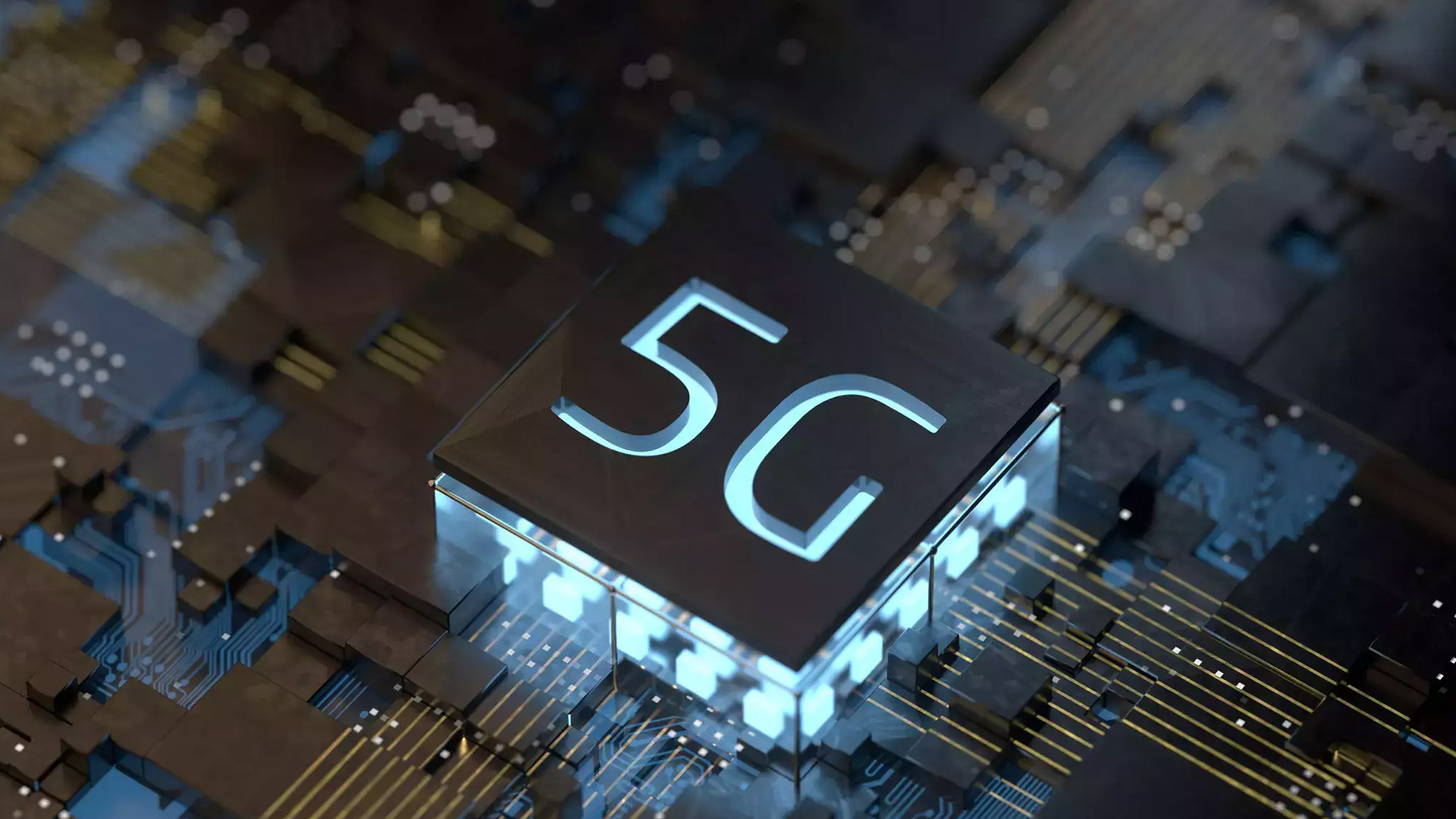Are you planning to upgrade your wireless network or is it worth waiting for Wi-Fi 7?

In a rapidly evolving digital landscape, choosing the right wireless technology can be perplexing. Consumers often find themselves at a crossroads, wondering whether to invest in the latest tech or await the next innovation. This dilemma is particularly relevant when considering Wi-Fi routers and their successors. Today, we’ll unravel the complexities surrounding Wi-Fi 6E, Wi-Fi 7, and the future of wireless connectivity.
The Challenge of Wi-Fi 6E
Wi-Fi 6 has become the standard recommendation for most users, offering enhanced performance. However, the introduction of the 6-GHz band with Wi-Fi 6E opened new possibilities while imposing restrictions. The Federal Communications Commission (FCC) expressed concerns about potential interference with existing users of the 6-GHz band, such as utilities, emergency services, and broadcasters. To mitigate these concerns, the FCC imposed power restrictions on Wi-Fi 6E, limiting its range primarily to indoor use. While this ensures minimal interference, it also limits the practicality of the 6-GHz band.
Making the Most of Wi-Fi 6E
Despite limitations, Wi-Fi 6E does offer advantages over its predecessor, especially in scenarios with compatible devices. However, as of now, few devices fully support the 6-GHz band. For most users, a tri-band router with two 5-GHz bands and one 2.4-GHz band is more practical and cost-effective than a tri-band system that includes the 6-GHz band.
Wi-Fi 6E Mesh Systems
Wi-Fi 6E mesh systems utilize the 6-GHz band for backhaul, delivering fast and stable connections within close proximity. However, this setup demands the nodes to be relatively near each other and ideally have a line of sight. It may not be suitable for larger properties. To harness the full potential of mesh systems, wired Ethernet connections for backhaul are essential.
The Looming Wi-Fi 7
While Wi-Fi 6E may be tempting, it’s crucial to consider Wi-Fi 7 on the horizon. Wi-Fi 7 maintains the same frequency bands as Wi-Fi 6E but offers significant improvements. Notably, it doubles the maximum channel width from 160 MHz to 320 MHz, resulting in data rates of up to 30 gigabits per second. Wi-Fi 7 also introduces multilink operation, allowing devices to connect to multiple bands simultaneously, enhancing stability and speed. Furthermore, Wi-Fi 7 routers can use more power to expand the range of the 6-GHz signal, thanks to automated frequency coordination systems.
The Path Forward
If you’re in need of a router today, make your purchase. However, if you can hold off, consider the imminent arrival of Wi-Fi 7. While early Wi-Fi 7 routers will be costly and have limited device support, they will be backward-compatible. For many users, opting for a Wi-Fi 6 system now and planning to upgrade to Wi-Fi 7 in the coming years may be a prudent choice.
In the fast-paced world of wireless technology, navigating the options requires careful consideration. While Wi-Fi 6E offers improvements, the promise of Wi-Fi 7 suggests that waiting a little longer may yield even greater benefits. Choose wisely to stay connected at the forefront of wireless innovation.













